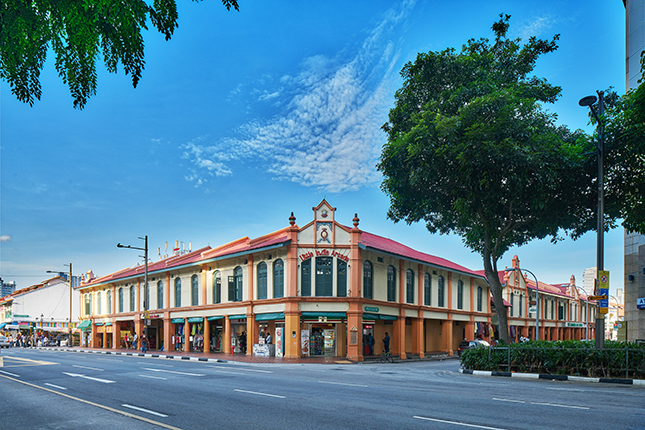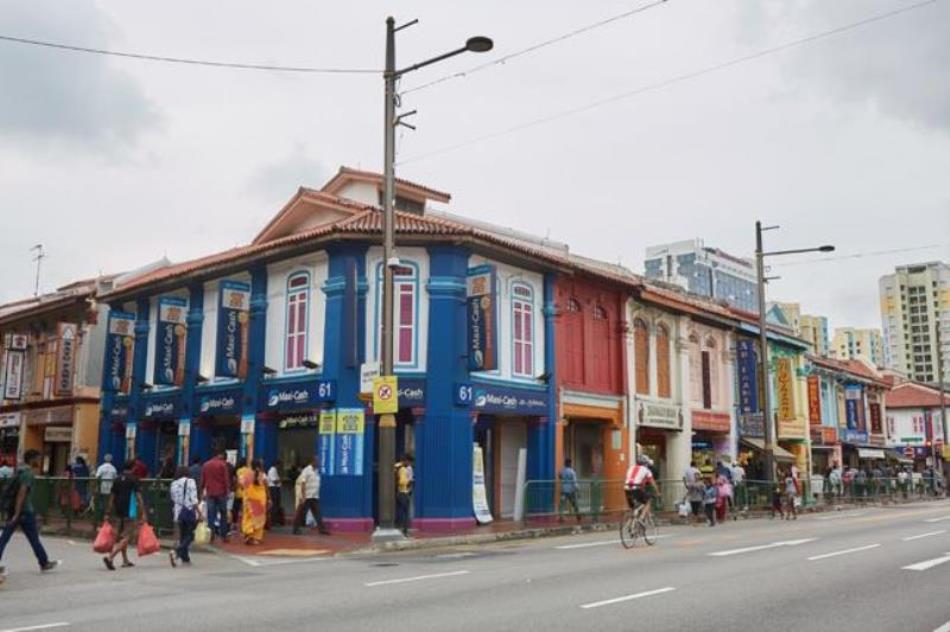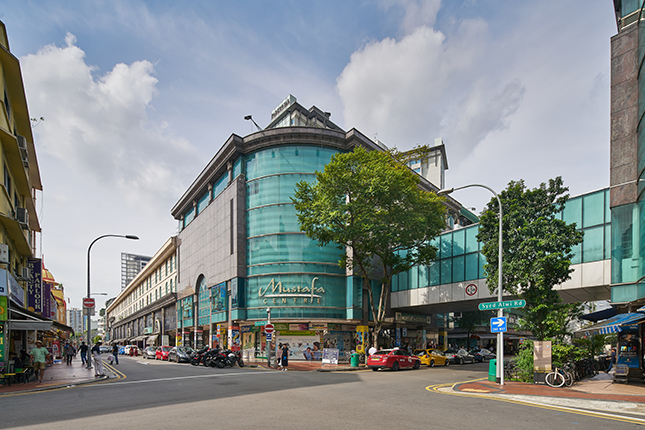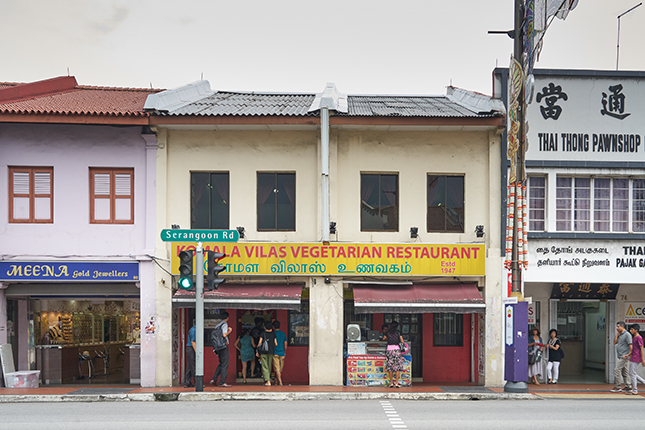Little India Arcade consists of a cluster of conserved neoclassical shophouses built in 1913 and is currently owned by the Hindu Endowments Board. An important historical legacy of the arcade is P Govindasamy Pillai’s shop which was formerly situated in the front of the building. He was a prolific philanthropist who gave generously to his community, and was affectionately known as “PGP”. Most of the older Indian temples along Little India are greatly indebted to him for their reconstruction projects, including the Sri Perumal Temple.
It was in the 1910s that PGP found employment as a clerk cum coolie at a provision shop along Serangoon Road. He rose at five in the morning and got to bed only at one in the night. PGP’s big break came in 1929 when he took a loan to buy his employer’s shop upon the man’s death. From selling spices, PGP made his fortune by expanding into the sale of textiles and saris.
Little India Arcade was officially opened in 1995 after having undergone conservation to commemorate the spirit of commerce of the district’s early Indian settlers. This corner building includes the five-foot way (five feet wide covered pedestrian walkway) traditional to Malaya’s colonial-era shophouses. It is now a prominent landmark in the Little India district and houses an array of eateries and boutique shops offering sweets, curios, and other knick-knacks.















